But not one drop of water is assured to any lot buyer
Reporting and Analysis by Councilperson Robert Lynch; June 10, 2023
Dan Walker, Chair of the Town of Enfield Planning Board, stated an assumption he shouldn’t have made May 10th when he assured a Town Board meeting that those who buy lots on the now-approved Breezy Meadows subdivision will have the water they need to nurture their lives.
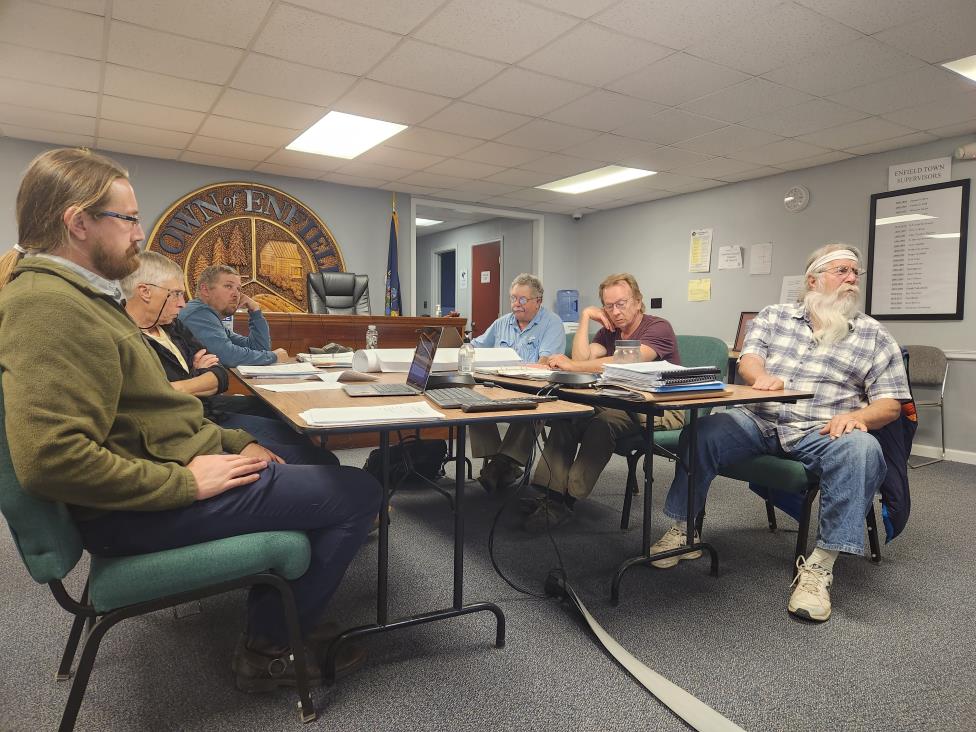
“[The developers are] guaranteeing that they can build on that lot, which means they have to have a water supply,” Walker said. “That’s in their contract. That’s what they told me, anyhow.”
Maybe that’s what Walker was told. But no, it’s not true.
“We guarantee that the lots are buildable. That’s in all of our contracts,” New York Land and Lakes Development Project Manager Alan Lord told last Wednesday’s Planning Board meeting when asked how his firm plans to state its obligations to any lot buyer at Breezy Meadows. Buildability, Lord conceded, does not require the availability of well water on the lot. And Lord made clear that his company doesn’t intend to promise it.
“And how do you define buildable? Is there a definition of that?” Planning Board member Mike Carpenter asked.
“No,” Alan Lord replied. Essentially, he said, buildability conveys only an assurance that local government will permit a septic system, not that there’s water of any quantity or quality.
The development representative’s admission came moments before a unanimous Town of Enfield Planning Board, as expected, granted Land and Lakes its eagerly-sought approval to subdivide the former John William Kenney farm between Podunk and Halseyville Roads in northwest Enfield into 33 building lots of various sizes ranging from three to 32 acres. It’s been Enfield’s most controversial development in years.
Lord confirmed that Land and Lakes closed on the 337-acre tract’s purchase a week earlier. “We own it,” Lord informed the Planning Board. “We’re looking to marketing the lots in September,” he said.
But for those who buy the lots, having the water they need to supply their house, their horse farm, or whatever they plan to do will entail a leap of faith. Water’s scarce in that part of Enfield. Wells probe deep into the bedrock. Yields vary widely. And the risk of well depletion has stood foremost on the minds of Breezy Meadows’ worried neighbors as they’ve asked themselves how the addition of new families—each with a new water well—would impact water supplies on their own properties.
Amid those worries, members of the Planning Board, most notably Chairman Walker, have repeatedly rejected the critics’ concerns as unfounded. Walker has maintained that the dispersion of the new lots around the tract should negate any water quantity issues.

Wednesday’s pre-approval discussion of Breezy Meadows would have been brief, anti-climactic, and perfunctory had not this Town Councilperson, Robert Lynch, advanced by email a day earlier his suggestion than an additional condition be attached to the Planning Board’s Breezy Meadows’ approval. The proposed addition would have conditioned the sale of any Breezy Meadows lot on a promise that “absent the existence of any readily-available public water supply, that the lot sold holds sufficient groundwater production capacity to support the use intended.” In no instance could the supply be less than that of the local Health Department standard for water required by a three-bedroom home, the condition stated. The buyer, it said, could waive the stipulation, but Land and Lakes could not.
“I’m trying to protect future residents of Enfield from, with all due respect, getting scammed,” this Councilperson bluntly explained to the Planning Board. “Beware of the bird that flies by night.”
Suggesting a water-adequacy clause be tacked onto a Breezy Meadows sales contract set off a flurry of debate that night. It involved me, Alan Lord, and Planning Board members. Mike Carpenter thought my idea had merit, yet he couldn’t support it. No one else would even take the idea as far as Carpenter did.
“I think that’s a little bit beyond our purview,” Chairman Walker gave as his first impression of my suggested constraint.
“Who’s got a crystal ball on that one?” Board member Ann Chaffee asked, questioning how anyone could predict adequate water on a site before drilling a test well. Carpenter and I responded that the seller would probably have to do just that.
“Has anybody ever been required to prove that there’s been water on a lot before it’s sold?” Board member Henry Hansteen questioned. Hansteen asked if I’d set any limit to how far Land and Lakes would need to drill to prove availability and adequate water flow; maybe 1000 feet?
“They’re going to hit salt if they do that,” Board Chair Dan Walker quipped. Laughter followed. I said there’d be no limit.
“Maybe I want to put my house where you stuck that stupid well,” Chaffee remarked. She’d prefer drilling be left to the buyer, not the seller.
“How are they going to say whether you have to drill at least three wells; drill five wells? How can you restrict them to that degree?” Carpenter questioned. “It’s just too vague.”
“I think in principle, it has a lot of merit,” Carpenter said of my proposed condition. “But I think in actual practicality, I think it probably really won’t work.” And for Land and Lakes, Carpenter argued, it would impose too much burden.
“For you guys; it could make the whole thing go south,” Carpenter stated. “Your costs would go up incrementally,”
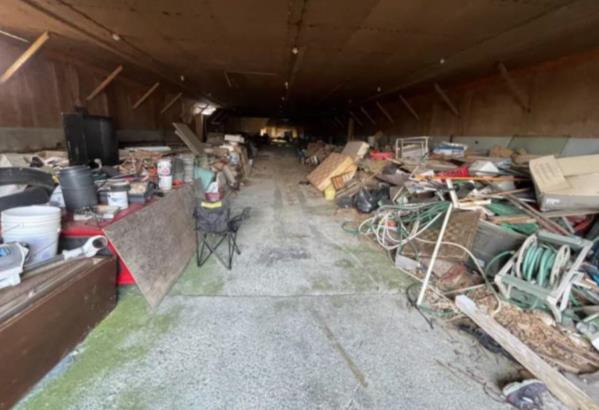
Wednesday’s 40-minute discussion with Land and Lakes’ Project Manager was cooperative, collegial, anything but critical; and downright chummy at times. Public criticism mattered little. The Planning Board had cast its lot with Breezy Meadows. It would bend reality in the developer’s favor and do just about anything it could to discard complaints voiced at a Public Hearing back in April. And it wrote a Resolution that transparently curried the developer’s favor.
Addressing the hearing’s concerns that the subdivision would gobble up too much Enfield farmland, Chairman Walker stated, “I know the applicant’s indicated to us that there’s a market for smaller-sized parcels that have agricultural capability. Is that the right way to put it there, Alan?”
“Absolutely!” the developer’s representative glowed in response, confirming that Walker had drafted that sentence just the way Land and Lakes had wanted.
“There’s people looking for that kind of property, where they might want to have 10 to 15 acres to raise some sheep or goats,” Walker said, a choreographed rationalization that sounded all too much like words pulled from a Land and Lakes sales brochure.
Similarly, the Planning Board dispatched neighborhood concerns that Breezy Meadows’ projected addition of more than 20 new houses along Tucker Road would overstress the gravel roadway and require taxpayer-funded paving.
The adopted Resolution answered the Tucker Road questions by stating that Walker had conferred with Highway Superintendent Barry “Buddy” Rollins and gotten “a response that the road is a gravel road in good condition and should be adequate for the additional lots with normal maintenance.”
That opinion, of course, is subjective. It’s Rollins’ opinion alone. But for the Planning Board that night, it sufficed.
Only because this Councilperson raised it did the Planning Board that night give more than a passing glance to the issue of groundwater. And because I’d forced the issue, the talk stretched far beyond the challenges facing just one, 33-lot subdivision. Everyone in the room made their best attempt to strike a line as to how far this Town—or any town, for that matter—should go in restricting a lot’s “buildability” based on a well’s flow to the tap. In the absence of public water, should a town require a functioning well as a necessary component in one’s buying a lot or securing a Building Permit? Neither New York State nor the local Health Department currently imposes such a requirement, those at Wednesday’s meeting were told. But maybe they should. And directly to the point, maybe Enfield should.
“It’s a bit of a gamble when you buy a building lot and hope you get water, isn’t it?” Hansteen asked. He had no problem assuming the risk.
“We’ve built houses that have trucked-in water,” Carpenter, a builder, remarked. “We have done that. And people have built houses and trucked in the water, and that’s their supply. Not great; but it’s possible to do that.”
“In New Mexico, my aunt had a really hard time finding water,” Hansteen said, “and they actually shared a well with a neighbor.”
“It’s real common out there,” Alan Lord, the company’s project manager, said, relating tales from development partners in Arizona. “They get water deliveries like we get oil deliveries.”
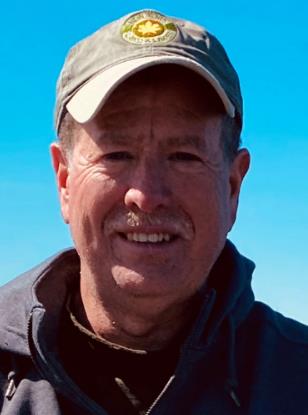
But in this Councilperson’s opinion, such comments muddy the waters, if you will. We are Enfield, not Arizona. We have fields and forests, not deserts and cacti. Our expectations differ. Does today’s Building Code adequately acknowledge that distinction and do the proper job for us?
“I don’t think there’s anything in the Building Code that requires (us) to have potable water from a well,” Carpenter said. “I don’t remember I’ve seen anything that would require that. So if it’s not in the Code, I mean it would be buildable if it didn’t have its own water.”
“While I really appreciate your concern for people buying these lots,” Carpenter told this Councilperson, “I guess, for myself, I can’t say that I would be able to add that to the restriction. It doesn’t feel like it would be in keeping with what our goal is in the Planning Board to do that.”
“You can expect that I will bring that to the attention of the Town Board for inclusion in future regulations,” I told Carpenter and the Board about my proposal. The Planning Board, itself, is currently on a mission to rewrite Enfield’s Subdivision Regulations. Any changes would require Town Board concurrence.
Imposition of a water requirement could, of course, trigger liability for the developer behind the subdivision.
“You’re going out there trying to build a well on the parcel before it’s sold, where you got somebody coming back to you in ten years later saying we can’t get—we can’t get water,” Alan Lord posited. “And now they want to start a lawsuit because of this…. And maybe they only drill a well 100 feet deep and say they can’t get water, and they want our money back.”
To that point, I would argue that maybe they should get the money back. But that’s not where the Planning Board’s mind stood that night.
And, of course, there’s the economic argument:
“You’re taking away inexpensive properties for people to buy and making something really expensive,” Carpenter observed, in the event that anything like what I proposed got written into the Code.
“I’ve got people coming up to me all the time saying, ‘Is there a lot that I could buy; that I can afford?’” Walker commented. “If you’re going to raise those prices by requiring the water to be in place already when you do it, you’re going to cut some people out of being able to build in Enfield, too.”
“Or you may have to bring public water in,” I quickly shot back. Mine was a remark that at that moment transported the meeting’s discussion onto a whole different path, embarking on an open-ended journey, one most definitely framed in the future tense. Face it, talk is cheap; but water districts cost money.
“I don’t think that’s a bad idea at all,” Carpenter said regarding Enfield public water. “But how long will it take to develop a public water system? We’ll have to do a bond and bring the money in. And it would take 10 years, anyways, probably?”
“I don’t think it would take that long,” I answered.
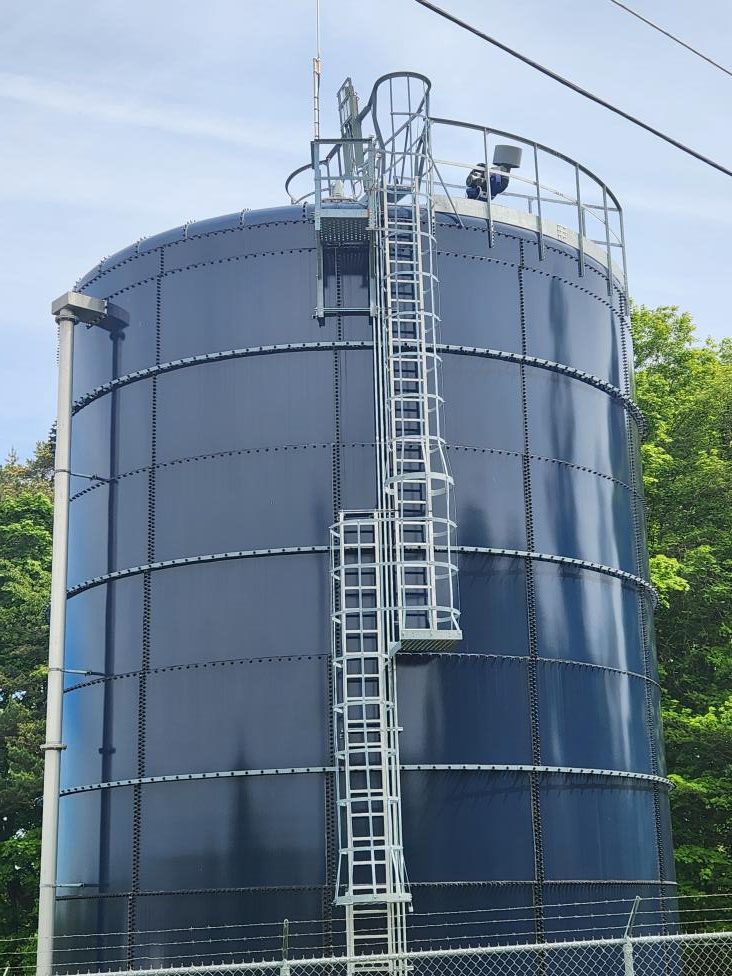
While Planning Board members bounded their vision that night to the prospect of drilling wells in the Enfield Creek Valley aquifer, my thoughts rambled farther afield; and to the north. I focused, instead, on that blue standpipe at Iradell and Van Dorn Roads, just over the town line in Ulysses. Water’s abundant there, and Ulysses has signaled a willingness to sell its excess supply to Enfield.
To my alternative, Walker pushed back. Impediments exist, he said, including the need to negotiate with as many as three municipal entities. I thought the arrangement was doable. Carpenter saw promise.
“Well, is that something that the Town Board is thinking of going into?” Carpenter inquired. “Because I think it would be great if they started exploring options.”
“That is something we are going to talk about,” I responded, perhaps taking my own leap of faith. We’ll see what my Town Board colleagues think of the idea, in time.
But water talk aside, Breezy Meadows, the subdivision, is now a done deal. Talk of it first surfaced when someone anonymously stuffed flyers in mail boxes last December, and a Planning Board meeting then got flooded with the curious and the furious. Now Land and Lakes will move into its marketing mode. Lot sales will start in September, Alan Lord told planners. And while Lord has previously forecast a slow rollout, Greater Ithaca remains very much a sellers’ market for real estate right now. Inflated home prices in our center city impose pressure for the land-starved to venture into Tompkins County’s more distant reaches for a place to build. Enfield’s on their radar.
“We have to be able to sell the properties for phenomenal prices,” New York Land and Lakes Development crows on its website. “We price them to sell in a single day, often well below prevailing market prices.”
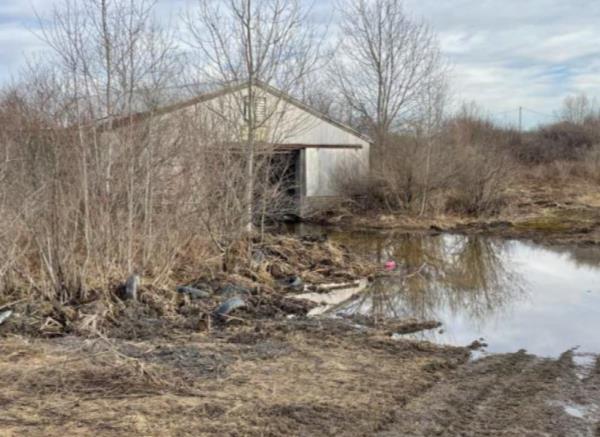
And the Oneonta-based developer says something else: “We buy some of the most incredible tracts of land, often properties that have never been available for sale to the public. Simply put: they’re amazing.”
For those of us in Enfield, it’s hard to square Land and Lakes’ promotional hype with those 337 acres of goldenrods, brush, and 13 tumbled-down former Babcock poultry barns. It’s what the Kenney farm has become. But maybe the beauty is in the eye of the beholder, given a sufficient stockpile of imagination.
Just one bit of advice: Should you tour the Breezy Meadows site with your Land and Lakes sales agent, make sure you carry a water witch with you. There’s no guarantee you won’t need it.
###

